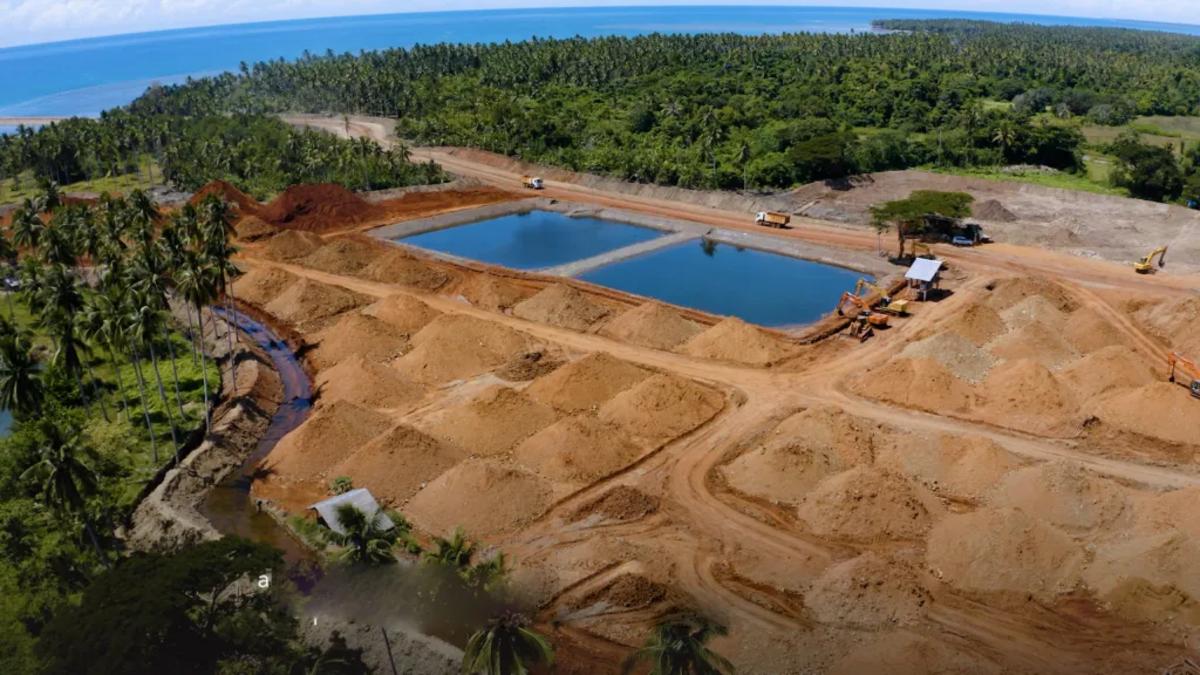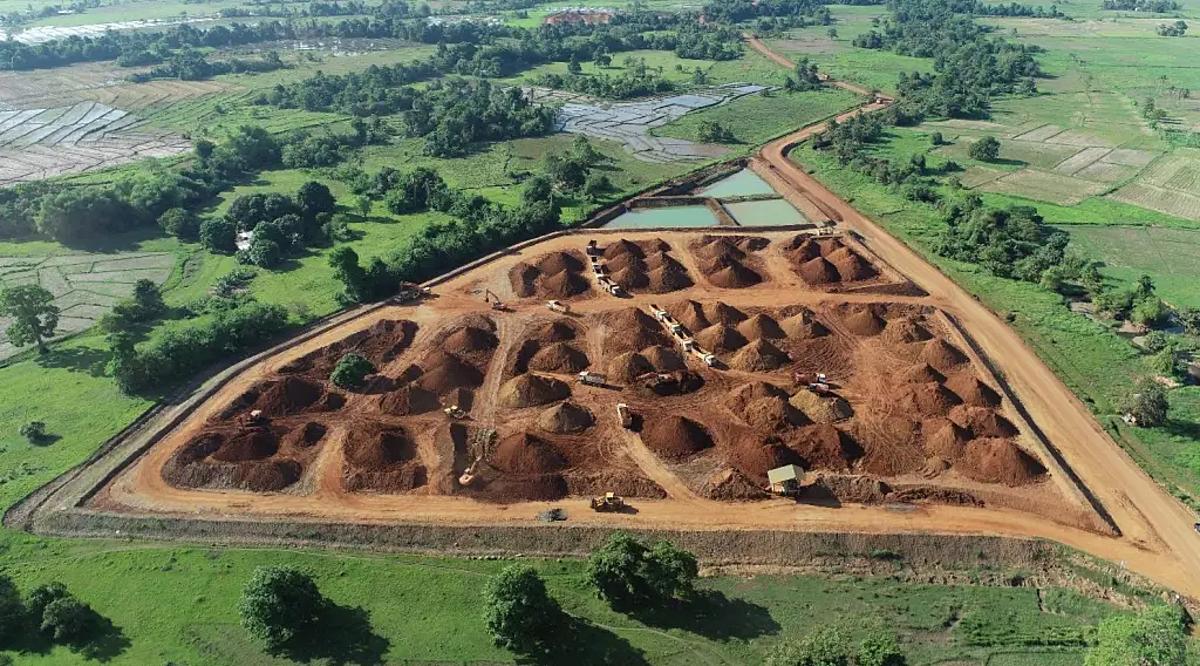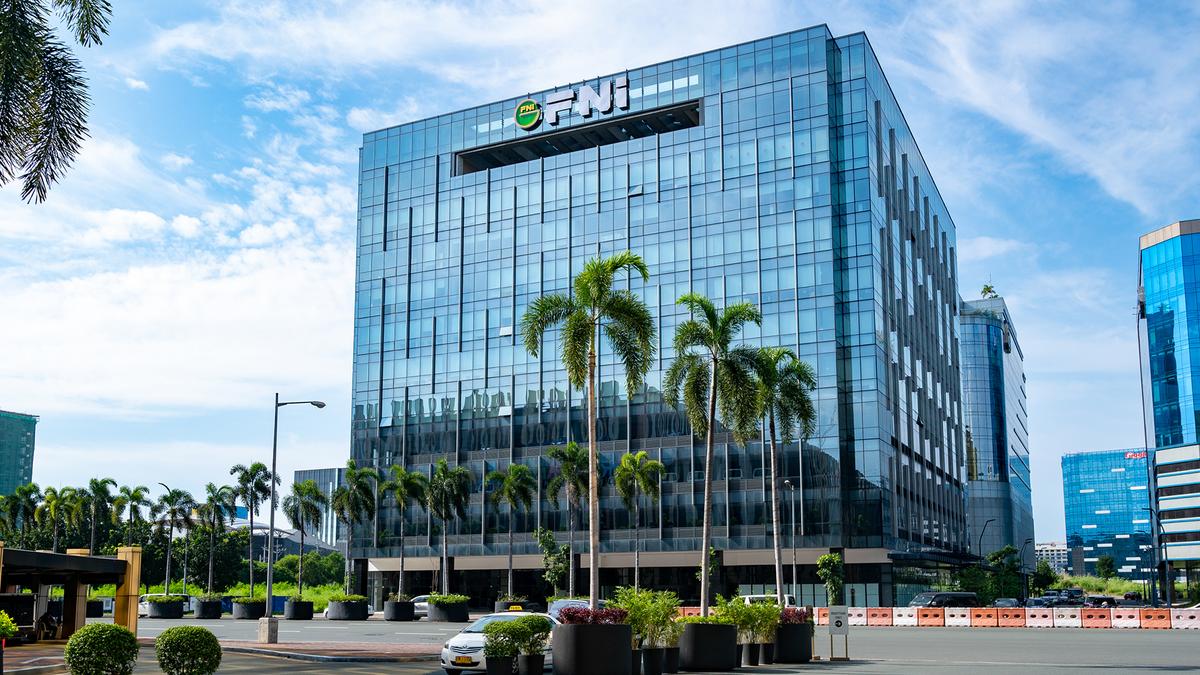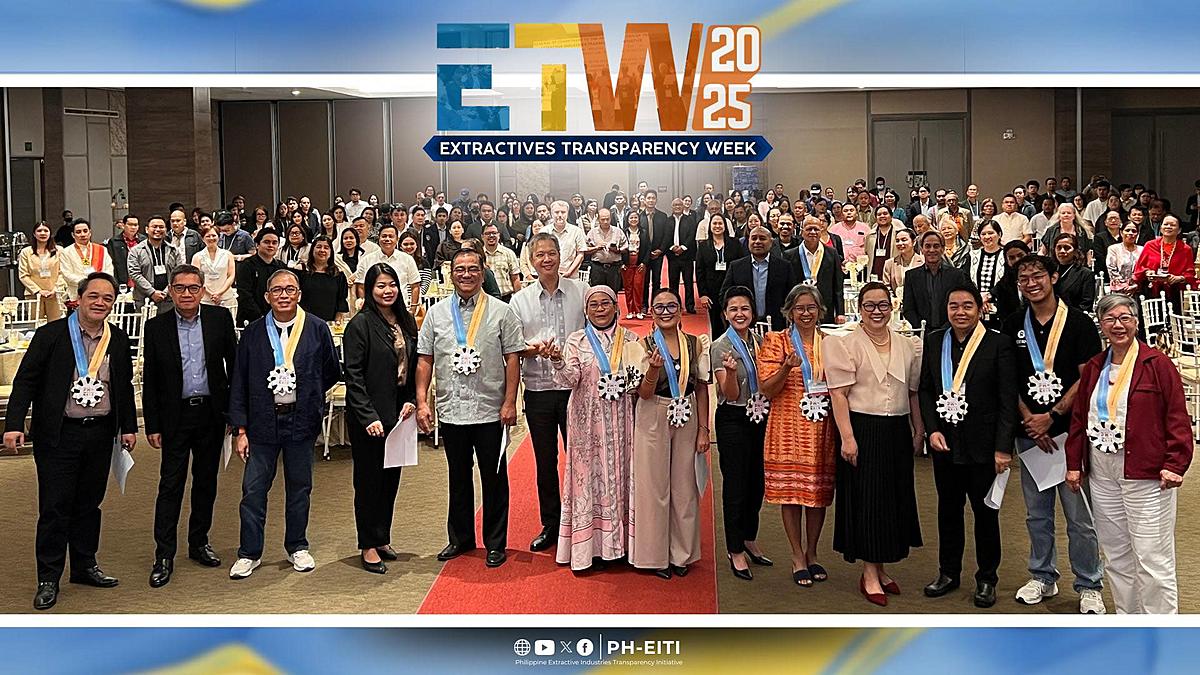Photo credit: Global Ferronickel Holdings, Inc.
Global Ferronickel Holdings, Inc. achieved Q1 2023 revenues of ₱1.1 billion and net income of ₱358.8 million, turning a first quarter profit for the first time in the company’s history. Earnings per share on net income attributable to equity holders of the company came in at ₱0.0296 compared to a loss of ₱0.0375 in the same period in 2022, mainly resulting from the commercial operations of its new mine in Palawan and the share in net income of its associate.
FNI President Dante R. Bravo commented, “We had a solid start to 2023, coming primarily from our Palawan mine which benefits from medium-grade nickel ore. We expect a year of increased production, focused operational execution, and additional exploration drilling at our mine sites. Specifically, we plan to export 6.5 million wet metric tons (WMT), including 5 million WMT from Cagdianao and 1.5 million WMT from Palawan.”
A total of 0.330 million WMT was shipped in the quarter, all of which are medium-grade nickel ore. The average realized nickel ore price was US$61.48/WMT and the average realized peso over the U.S. dollar was ₱54.82.
In September 2022, FNI announced its first nickel ore shipment from its mine in Palawan, which is a significant step forward in establishing year-round mining operations for the company. With the successful daily operations and ramp-up in production, the Palawan mine reached its 1 million WMT production last April 29, 2023 and is set to ship its 1 millionth WMT by the end of May 2023.
Additionally, the company acquired a 22.22% interest in GHGC Holdings Ltd., which gives FNI a 20% ownership in Guangdong Century Tsingshan Nickel Industry Co. Ltd, the owner of a 33-hectare rotary kiln-electric furnace processing facility in China that caters to customers from within and outside Guangdong’s Economic and Technological Development Zones. Beginning in the fourth quarter of 2022, these recent developments supported FNI’s earnings and will pave the way for a steady income stream throughout the year.
Outlook
The company’s financial results along with its recent operational achievements in key strategic areas point to a strong momentum going forward.
On the demand side, the outlook for the nickel industry remains compelling, led by fundamental drivers such as population and income growth, urbanization, and energy transition.
For more than a decade, China has been and will continue to be the world’s largest nickel consumer. In the short term, the easing of its COVID-19 restrictions as well as the reopening of the economy is expected to resume construction activity and support the recovery of demand for stainless steel and by extension on the nickel market. Additionally, China’s infrastructure investment plan can also shore up the country’s real estate sector. Reflecting these anticipated developments as well as the increasing usage of nickel in batteries for electric vehicles (EVs), intergovernmental organization International Nickel Study Group (INSG) now estimates the global demand for nickel to increase 11% from 2.89 million tonnes in 2022 to 3.22 million tonnes in 2023. In terms of price outlook, research provider Fitch Group revised up its LME spot price forecast by 10% from US$20,000 to US$22,000 per tonne for 2023, while S&P Global expects the average LME three-month price to climb 5% from a year earlier to US$26,838 per tonne.
In the medium to long-term, nickel demand is projected to grow further due to its wide range of applications in renewable energy technologies and critical infrastructure including EVs, solar panels, power grid systems, wind turbines, and new technologies such as hydrogen-based energy. In fact, the World Bank identified nickel as one of the critical minerals in the clean energy transition that is cross-cutting because it is used across a variety of technologies and is not dependent on a single application. Within EVs, the World Bank finds that electric mobility has not only become key to decarbonization for several major economies, but also increasingly relevant for low- and middle-income countries (LMICs) over the next few decades. Its 2023 report, The Economics of Electric Vehicles for Passenger Transportation, suggests that global policy targets such as having 30% new passenger vehicles to be electric by 2030 will offer economic and financial advantages for many LMICs, with two-wheeled vehicles and buses as cost-effective starting points to transitioning to electric mobility. Overall, nickel demand from new EV sales is expected to surge 41 times between 2020 and 2040 under the International Energy Agency’s Sustainable Development Scenario.
On the supply side, Indonesia and the Philippines will predominantly be the top nickel producing countries, as was the case since 2010. Looking ahead, INSG projects global nickel output to rise from 3.04 million tonnes in 2022 to 3.39 million tonnes in 2023, creating a market surplus of 171,000 tonnes. Over the medium to long-term, the Fitch Group is of view that global nickel mine production will grow by an average of 5% annually from 2022 to 2026, with strong nickel ore output from Indonesia and Philippines this year.
Inevitably, with such huge potential also comes complexity. As a major nickel miner, FNI recognizes that there are external headwinds which may have a negative impact on its performance and in the industry including fuel price spikes, natural disasters, conflicts, increased mining taxation, and other factors over which it has no control. Despite these uncertainties, the company draws strength from the resilience that the organization has already shown over the years, underpinned by its highly experienced leadership team who has operated in most market conditions, and a clear strategy to continue to deliver for all stakeholders.










